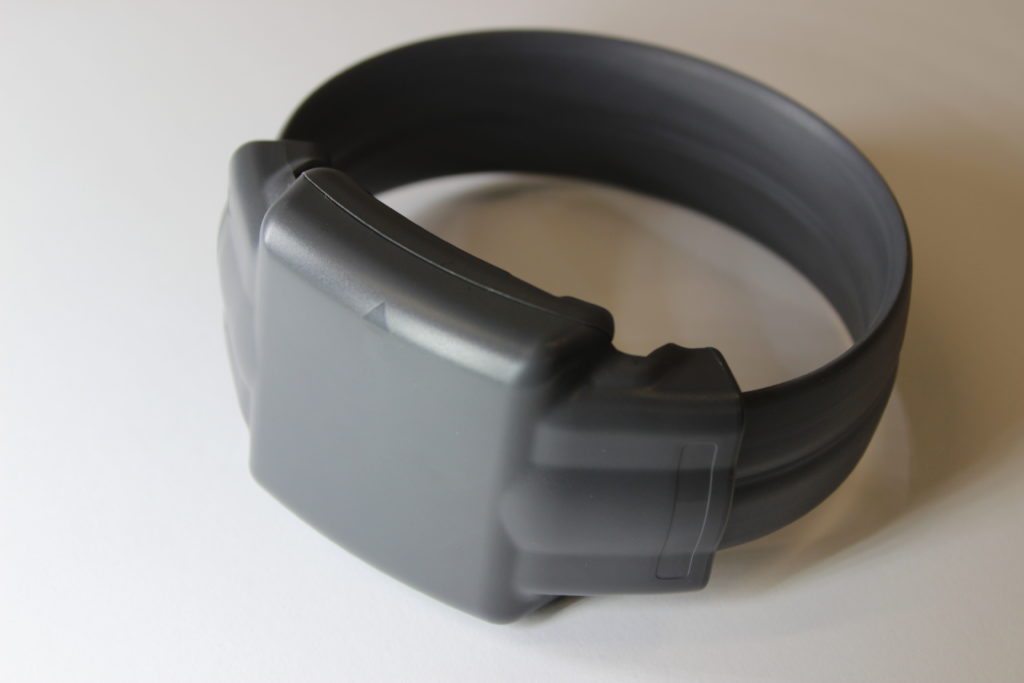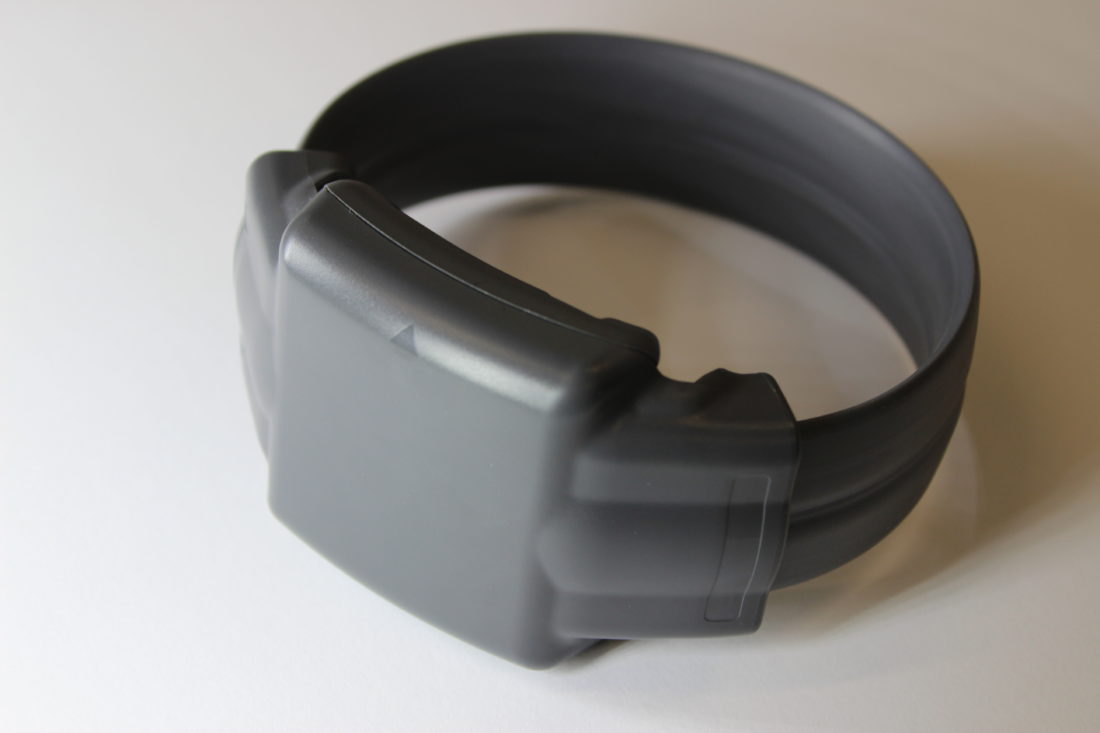Supervision in the community – what does it really mean?
From time to time, you might hear about offenders being supervised in the community.
What does this really mean?
Well first, let’s take a look at what it DOESN’T mean.
Supervision in the community does not mean we constantly accompany offenders. Some people get concerned when someone whom they know to be on a community supervision order is seen in the community.
This often happens when high profile offenders are spotted at their local shops. Cue the hysterical headlines and blurry iPhone photographs!
Supervision in the community is just that – offenders living in the community.

Community-based orders are set either by the courts or by Parole Board Queensland, and Queensland Corrective Services’ role is to ensure the orders are followed. We have no legal authority to restrict the movement of offenders unless there are court or parole conditions that allow it.
The reality is, unless their orders prevents them from frequenting particular areas, offenders on supervision orders have every right to move about in the community, just like you and I.
In fact, it is an important part of their re-entry as a productive member of society.
About 21,000 Queenslanders are on community-based orders at any one time. Offenders need to be able to access accommodation, employment, health services and community support services to minimise their risk of re-offending.
Of course not all offenders are created equal, and everyone will have different supervision requirements, based on their risk to community safety. The greater their risk, the more heavily they are supervised and the more restrictive their conditions.
Supervision can include a range of things including:
- Drug or alcohol treatment
- Requiring and testing that an individual abstains from drugs and/or alcohol
- Referral to interventions to address offending behaviour
- Monitoring offender’s accommodation and who they associate with
- Limiting where they can go – for example they may be excluded from entertainment precincts
- A curfew on when they can be out in public
- Using GPS trackers to enhance their case management
- Deciding how often offenders need report to their parole officer.
Of the 21,000 offenders being managed in the community, 133 are Dangerous Prisoners (Sexual Offenders) Act (DPSOA) offenders, who are subject to the highest level of supervision.
DPSOA offenders have to live at an approved address, and their monitoring can include GPS tracking, tight curfews, drug and alcohol testing and exclusion from certain areas such as around schools and playgrounds. This supervision, as determined by the Court, extends for years after they have completed any custodial sentence.
Critical alerts, such as a DPSOA offender breaching curfew or entering a restricted area are responded to immediately 24 hours a day, 365 days a year.
We work closely with Queensland Police Service and the courts to take action should any of the offenders under our supervision in the community breach their conditions, and public safety is always our top consideration in managing offenders.
To the casual bystander, these layers of supervision might not be obvious (well apart from the GPS tracker, perhaps) but we take supervision in the community very seriously.

